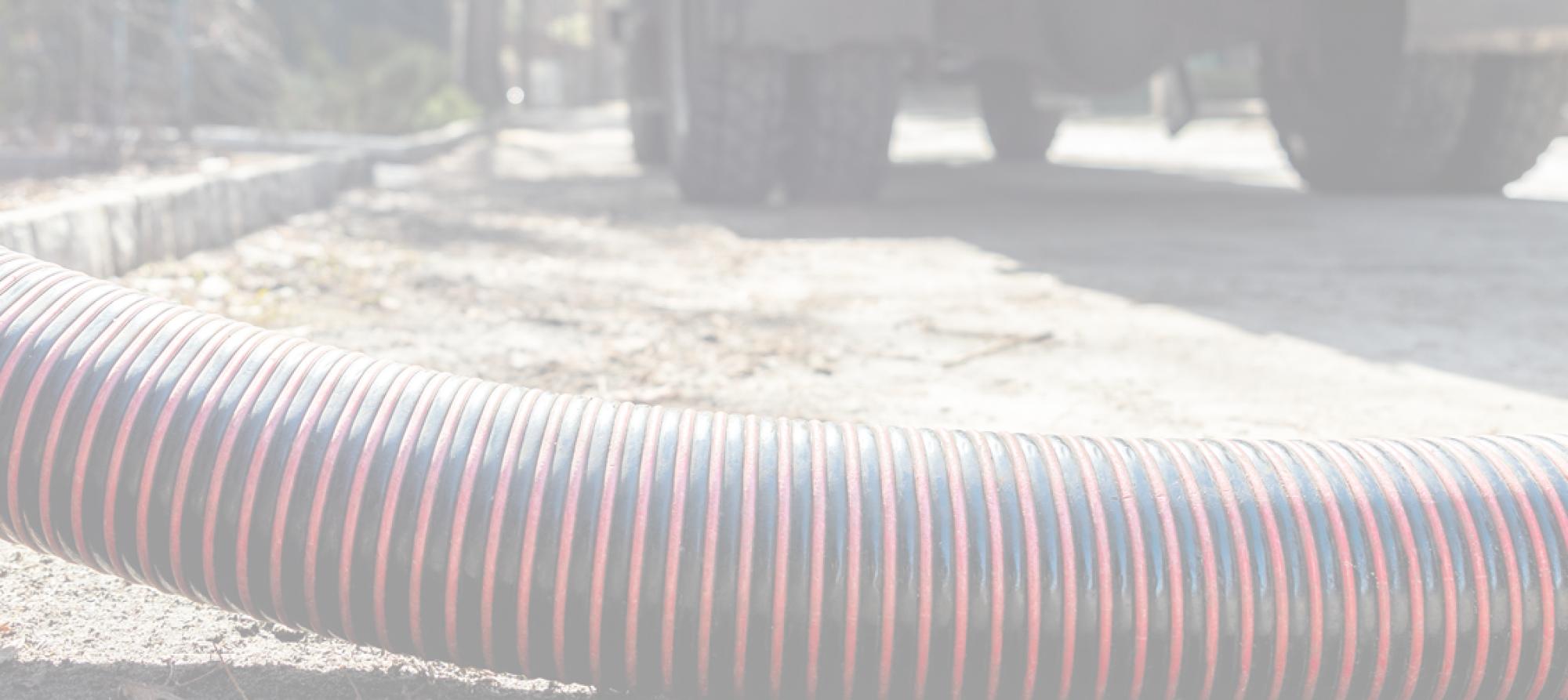Not all septic systems are created equal. In fact, there are a variety of septic systems that are made to accommodate different household sizes, weather conditions, soil types, sensitive water bodies, and site slopes. At Freedom Pumping, we are experts in all types of septic systems, including:
Conventional Systems
On a conventional septic system, you’ll find a septic tank and trench as well as a drainfield. It’s widely seen at small businesses or single-family homes. Compared to other septic systems, conventional systems feature a simple design at a more affordable price point.
Chamber Systems
A chamber septic system uses engineered plastic chambers to disperse the effluent. This is different from the perforated plastic pipes that are seen in gravel trenches and used in the drainfields of conventional septic systems.
Drip Distribution System
A drip distribution septic system can deliver small doses of effluent to the soil that surrounds the drip distribution piping. While it operates a lot like a soil-based system, its primary goal is to evenly distribute the effluent over a large area so there’s no single spot with excess effluent.
Aerobic Treatment Units
Aerobic Treatment Units or ATUs pump oxygen into the treatment tank. The extra oxygen increases the activity of natural bacteria within the system. This allows for additional treatment for the nutrients in the effluent. An ATU is ideal for a property with a smaller lot or inadequate soil conditions.
Mound Systems
A mound system is popular in areas with shallow soil depth, high groundwater, or shallow bedrock. It features a sand mound with a drainfield trench. Effluent flows to a pump chamber and is pumped to the mound in certain doses.
Evapotranspiration System
An evapotranspiration system contains a unique drainfield. Its base features a watertight material. Once effluent enters it, it evaporates into the air. Unlike other systems, it never filters into the soil or reaches groundwater.
Constructed Wetland System
A constructed wetland aims to imitate the treatment processes that are found in natural wetlands. After wastewater flows from the septic tank, it enters the wetland cell. Then, the wastewater pases through the media and is treated by plants and microbes that get rid of the nutrients and pathogens.
Cluster or Community System
A cluster or decentralized wastewater system, which is common in rural subdivisions, gathers wastewater from two or more buildings. It transfers the wastewater to a treatment and dispersal system, which is situated nearby.
Interested in Septic Tank Maintenance in Lafayette LA? Request a Free Estimate From Freedom Pumping Today

